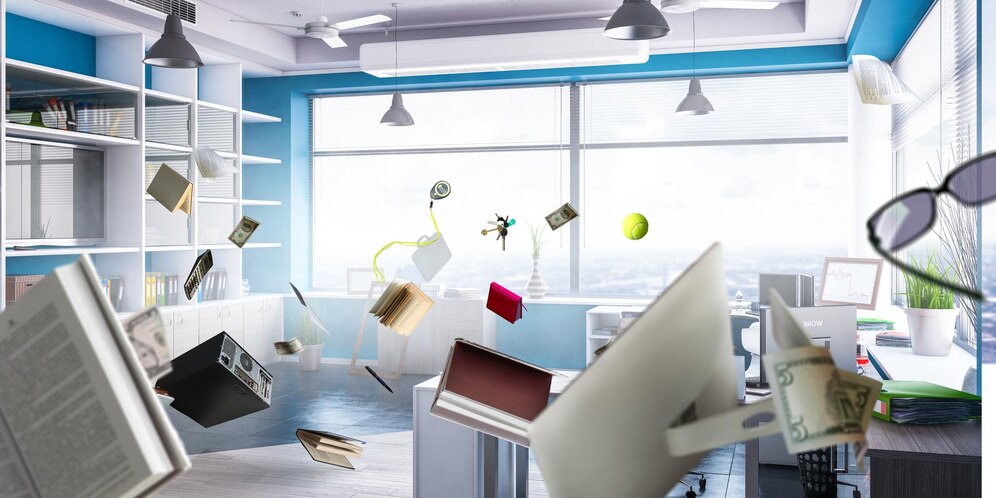
The environment in which we work has a tremendous impact on our productivity, creativity, and general well-being in today’s dynamic corporate world. It’s more than just about desks, walls, and technology; it’s the soul of a business, the quiet coordinator of discussions, alliances, and ideas. In the past, offices were designed primarily for functionality and to accommodate as many workers as feasible.
However, as our knowledge of ergonomics, psychology, and human behaviour has increased, so too has our grasp of how directly productivity and morale are impacted by workplace design. A workplace that has been properly planned may inspire creativity, enable smooth communication, and improve the well-being of its occupants in much the same way as an urban area that has been well thought out can promote community, interaction, and wellness.
The everyday lives of numerous workers are shaped by office design, much as urban planners mould our cities. Reimagining the very places where ideas are conceived and visions are carried out has become crucial as firms attempt to navigate the more competitive corporate world.
Office design is an operational plan that prepares the way for productivity, well-being, and commercial success, not merely an aesthetic undertaking. The significance of office renovation and commercial interior design Singapore cannot be emphasised given how quickly modern businesses are changing. The day when offices were just cubicles designed to maximise floor space is long gone. The modern strategy integrates functionality with well-being, acknowledging that a well-designed workspace may have a big impact on staff happiness, creativity, and overall productivity.
Businesses may build places that inspire creativity, enable effective collaboration, and promote well-being by understanding the importance of ergonomics, psychology, and human behaviour in office design. Office design has become a crucial component as corporate competitiveness has increased, forcing businesses to redesign and upgrade their workplaces. The goal is to create a space that is not only physically beautiful but also energises its inhabitants, fosters cooperation, and eventually improves the bottom line of the company.
Office renovations are not a luxury in this environment; they are a necessary investment. They provide the ideal chance to get rid of antiquated designs that slow down production and put in place fresh ideas that are in line with the organization’s present demands and long-term objectives. After all, the workplace must change, becoming a living thing that adapts, develops, and inspires, just like a city does.
An office’s design involves more than just aesthetics. It has a significant impact on worker morale, well-being, and ultimately productivity. The challenges of building a positive workplace have become more complex as the business landscape has changed. It’s important to create an environment that fosters productivity and innovation rather than simply stuffing workstations into a space.
The above-mentioned pitfalls all have practical repercussions. Reduced productivity and greater stress might result from a crowded workstation. Employee health and morale can be impacted by a lack of natural light. The truth is that poor design compromises a company’s ability to produce both physical goods and happy employees, so you should always ask your office furniture supplier Singapore to provide the best quality products.
The design of the office is more important than ever as firms seek efficiency and creativity. Following recommended practices and avoiding some frequent design errors may make a difference. Your bottom line will reward you, as well as your workers.